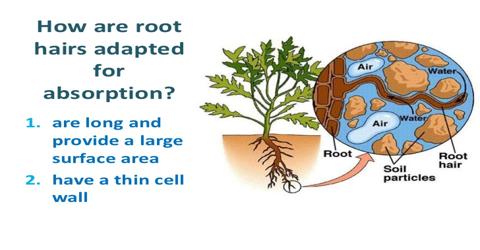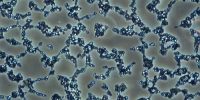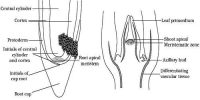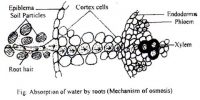Plants can only absorb soluble minerals. They absorb minerals dissolved in solution from the soil through their root hair cells. Organs through which plants absorb mineral salt:
- Plants absorb mineral salt through the newly formed cells of the growing region of the root.
- Some salt is also absorbed by root hairs.
The nature of the salt:
Plants cannot absorb mineral salt directly. Salts are usually absorbed as ions. The mineral salts of the soil being dissolved in water are divided into canons (+) and anions (-) and plants absorb than in this condition.
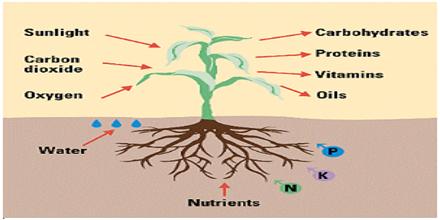
The method of salt absorption: The method of salt absorption is mainly of two types-
- Passive absorption
- Active absorption
Passive absorption: Metabolic energy is not required in this process. This is called passive absorption because it does not require the expenditure of metabolic energy.
Active absorption: Metabolic energy is required in this process. This cannot be explained by simple diffusion or Donnan’s Equilibrium and has led people to believe that absorption and accumulation of mineral salts against the concentration gradient is an active process.
Passive absorption occurs in the following ways:
- Diffusion method: When the ion concentration of mineral salts of the plant cells becomes higher than the ion concentration of the same mineral salts present in the solution of the soil, the ion of the solution of the soil enters the cell sap through diffusion.
- Ion exchange method: H+ ion from the cell sap of the root is released to the solution present outside of the root. Now, K+ ion enters the cell from the solution outside of the cells in order to make the cells electrically neutral Now. Cl– ion enters the cell sap, in the same way, due to the exchange of ions in between OH+ and Cl–.
- Donnan equilibrium method: In order to make the diffusible fixed negativity charged ions, if there is any in the cells, some positively charged ions enter the cells from outside of the cells. Carrier or channel-mediated passive transport of mineral salts across the membrane is also called as facilitated diffusion.
Active absorption: It is seen from the active absorption that the ions enter the cells if the concentration of ions present in the cells is less than the concentration of ions outside of the cells. It has often been observed that the cell sap in plants accumulates large quantities of mineral salts ions against the concentration gradient. They are in close contact with the thin film of water surrounding the soil particles. Metabolic energy is required in this case. For example, in alga Nitella, the cell sap accumulated K+ and phosphate ions to such an extent that their concentrations were thousands and hundreds of times greater than in the pond water in which the plant was growing.
